Highlights
- Reliable for Clark’s Grebe and Western Grebe
- Potential Western Rarities
- All around great desert birding spot
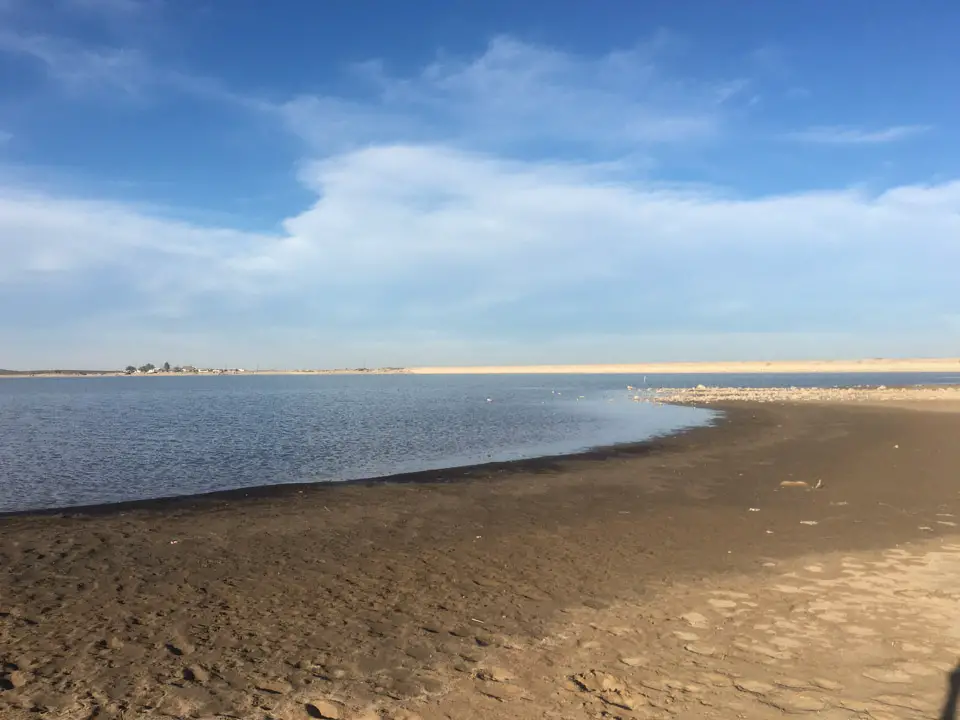
The Location
Note: Google Maps directions are incorrect and will take you to a private road. Instead, drive into the center of town and turn left (east) on Houston Street. Then continue straight until at the lake.
Balmorhea Lake is an ever-present source of water in the desert, fed by nearby San Solomon springs. Migratory birds are drawn to it each season, making it a great place to find western species of shorebirds, ducks and grebes, and sometimes gulls.
A gravel road leads you to the lake store and check in station. They charge you an entrance fee, unless visiting less than 30 minutes, in which case they don’t charge you.
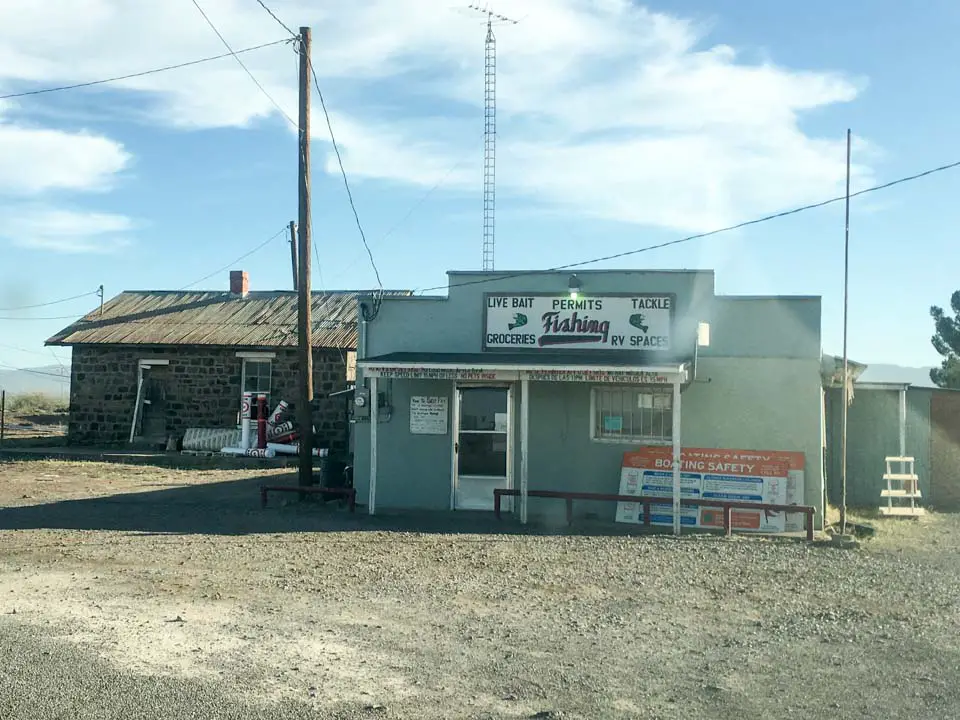
The gravel road continues about two-thirds around the lake until it dead ends at an overlook point. Along the way you’ll drive over the dam, which gives an elevated view of the water.
On the south side, the road temporarily pulls away from the water and gives access to desert shrub habitat good for vireos, sparrows, Pyrrhuloxia, and Scaled Quail.
A spotting scope is extremely helpful here for scanning the open water and shoreline, but isn’t required to still enjoy this location.
Birding Recommendations
Both Clark’s Grebe and Western Grebe are present year-round. Study up on how to differentiate them (how far down the black on the head comes down relative to the eye), because they look very similar. Non-breeding season (September – February) is even more challenging because the dark color around the eye is less defined.
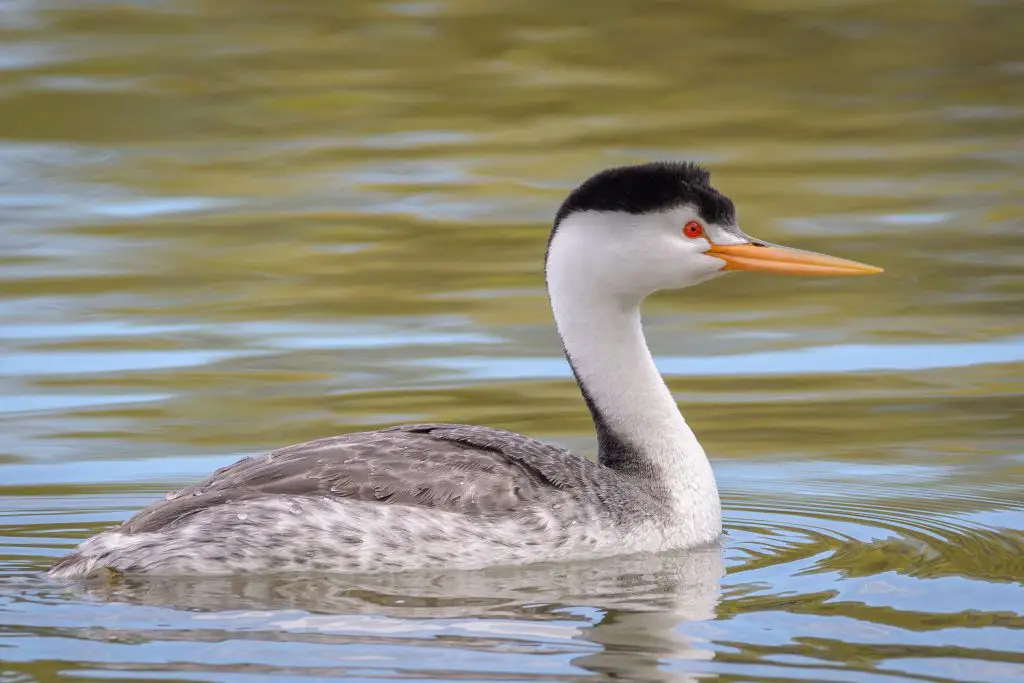
Take a careful look at other birds on the water and flying over it, because this lake can be good for uncommon Texas species. Look closely at any loons, and especially gulls. Photos are useful for confirming IDs if you have a camera.
The 5 main spots to bird are:
- Entrance road
- Lake Dam
- South Shore
- Desert Shrub
- Southwest Overlook
The Entrance Road
There’s no secrets here, just know that plenty of birds can be seen along the gravel road as you’re driving in. Go slow and take note of what’s moving around and you’ll add a few birds to your species list.
The Lake Dam
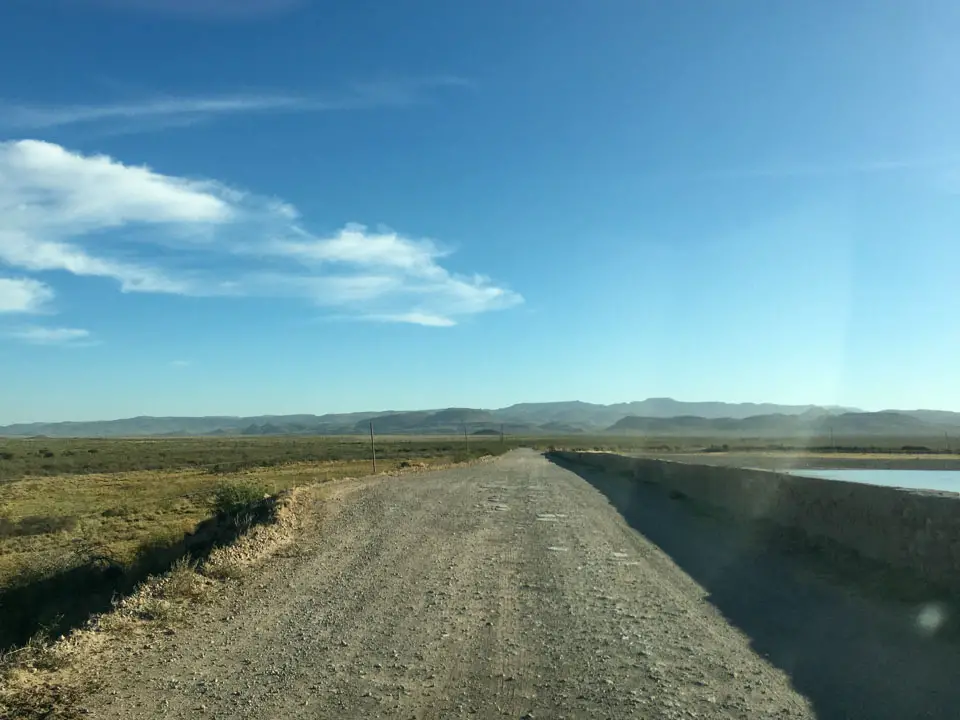
Right after you stop at the lake check-in building, the road puts you up on the dam almost immediately. This gives you a good elevated view of the eastern half of the lake.
Watch for traffic and don’t block the road. There is one pull off near the middle of the dam that’s a perfect place to stop and scan the water.
You’ll likely see Clark’s Grebes right away, which are more common, and maybe Western Grebes too. Quickly scan the rocks on the close edge of the dam for shorebirds. Break out the scope if you’ve got one.
The South Shore
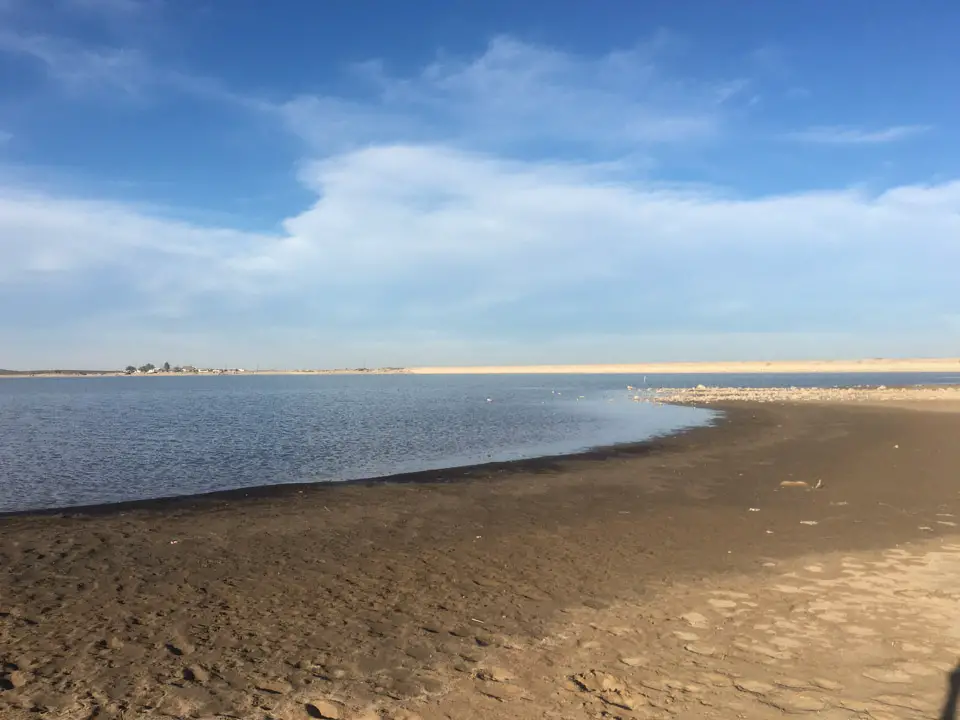
Right after you leave the dam there’s a path that pulls away to the right toward the water. This allows you to drive right up to the shoreline for a close up view of this corner of the lake.
Watch for shorebirds working the water line, gull and raptor flyovers, and give the open water another scan.
Thick Desert Shrub
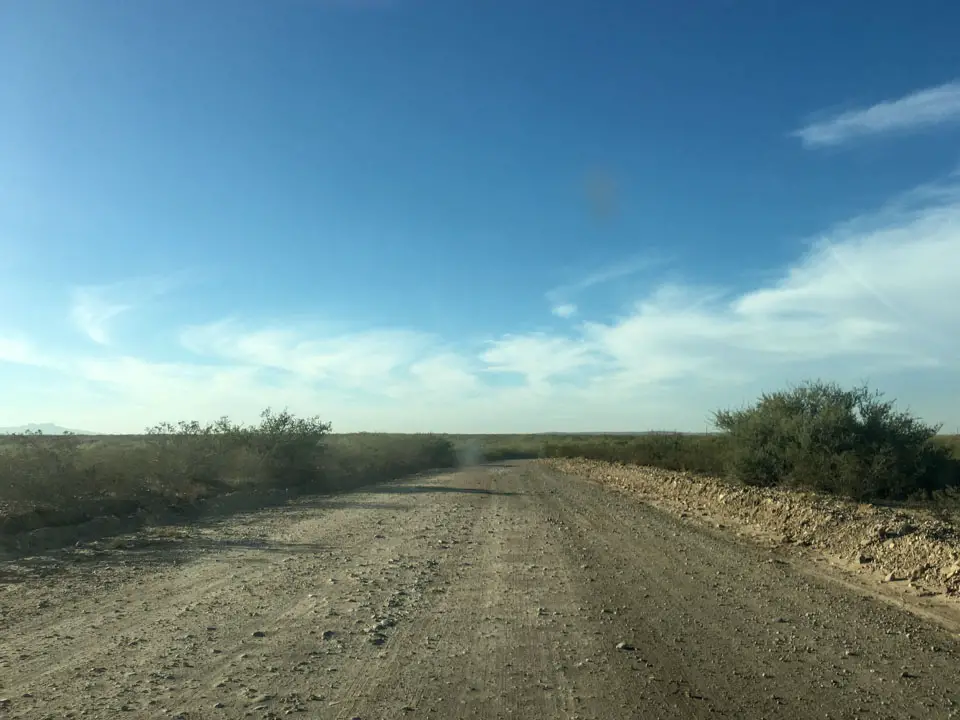
There’s usually a few birds along this stretch of road, especially during early to mid-morning. Go slow with your windows down. Watch for movement and listen for birds vocalizing and you’ll probably be rewarded with extra species.
Here you can get Pyrrhuloxia, Black-throated Sparrow, Blue Grosbeak, Scaled Quail, Greater Roadrunner, and more.
Southwest Overlook
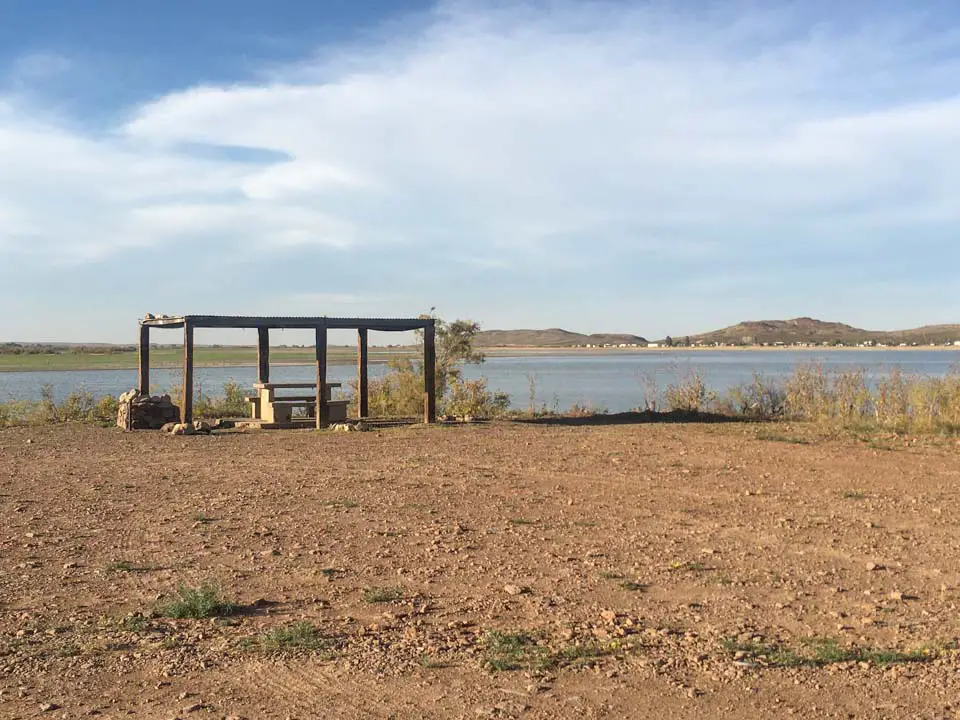
This is where the road dead ends at several elevated pavilions. A scope is especially helpful here, but you can still see a few things with only binoculars.
This spot gives you a sweeping view of the west shore, which is undeveloped and natural. Birds really congregate here along this undisturbed shore. It can be great for shorebirds, herons, and American White Pelican. During the cooler months expect ducks and geese here as well.
Notable Species to Watch For
Balmorhea Lake is a good place to try for state rarities. Something always seems to show up each year, especially during winter months.
Texas Rarities to Watch For:
- Sabine’s Gull
- Red-throated Loon
- Pacific Loon
- Long-tailed Jaeger
- California Gull
- Arctic Tern
Species to Look For
Year-round
| Greater Roadrunner | |
| White-faced Ibis | |
| Peregrine Falcon | uncommon |
| Vermillion Flycatcher | |
| Rock Wren | |
| Horned Lark | uncommon |
| Cassin’s Sparrow | |
| Lark Bunting | |
| Yellow-headed Blackbird | |
| Pyrrhuloxia |
Winter
| Snow Goose | |
| Ross’s Goose | |
| Canada Goose | |
| Cinnamon Teal | |
| Mexican Duck | |
| Common Goldeneye | |
| Hooded Merganser | |
| Common Merganser | |
| Red-breasted Merganser | |
| Horned Grebe | |
| Western Grebe | |
| Clark’s Grebe | |
| Bonaparte’s Gull | |
| Herring Gull | |
| Red-throated Loon | rare |
| Pacific Loon | rare |
| Common Loon | |
| Bald Eagle | uncommon |
| Sage Thrasher | uncommon |
| Brewer’s Sparrow | |
| Green-tailed Towhee |
Spring – Fall
| Lesser Nighthawk | |
| Snowy Plover | |
| Long-billed Curlew | |
| Marbled Godwit | |
| Western Sandpiper | |
| Wilson’s Phalarope | |
| Red-necked Phalarope | uncommon |
| Sabine’s Gull | uncommon, sept. – oct. |
| Franklin’s Gull | |
| Least Tern | uncommon |
| Black Tern | |
| Forster’s Tern | |
| Reddish Egret | uncommon |
| Aplomado Falcon | uncommon |
| Western Wood-Pewee | |
| Say’s Phoebe | |
| Black Phoebe | |
| Cassin’s Kingbird | |
| Violet-green Swallow | uncommon |
| Orchard Oriole | |
| Bullock’s Oriole | |
| Bronzed Cowbird | |
| Painted Bunting |
